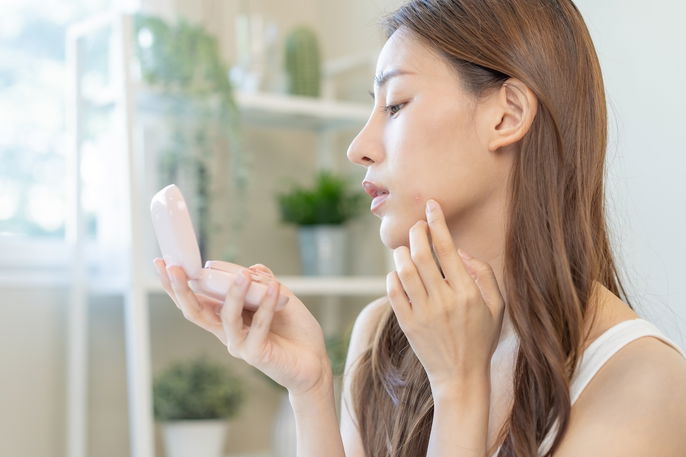Tooth Filling Pain: Causes & Cures

The dreaded tooth filling pain - a common phenomenon that can leave even the most stoic individuals wincing in discomfort. But what exactly causes this pain, and more importantly, how can it be alleviated? In this comprehensive guide, we’ll delve into the world of tooth filling pain, exploring its underlying causes, and providing expert solutions to help you find relief.
Understanding Tooth Filling Pain
Tooth filling pain, also known as post-operative sensitivity, is a common complaint among dental patients. It’s characterized by a sharp, stabbing, or throbbing sensation in the tooth or surrounding gums, typically after a filling has been placed. But why does this pain occur in the first place? The answer lies in the complex anatomy of the tooth and the filling process itself.
When a tooth is filled, the dentist must remove decayed or damaged tooth material, which can expose the sensitive pulp and dentin beneath. The filling material, usually a composite resin or amalgam, is then inserted into the cavity to restore the tooth’s structure and function. However, this process can cause inflammation and irritation to the surrounding tissues, leading to pain and sensitivity.
Causes of Tooth Filling Pain
Several factors can contribute to tooth filling pain, including:
- Inflammation and irritation: The filling process can cause inflammation and irritation to the pulp and surrounding tissues, leading to pain and sensitivity.
- Tooth decay or damage: The extent of tooth decay or damage can affect the amount of pain experienced after a filling.
- Filling material: The type of filling material used can also play a role in post-operative sensitivity. For example, composite resin fillings may cause more sensitivity than amalgam fillings.
- Dentist’s technique: The skill and technique of the dentist can also impact the amount of pain experienced after a filling.
- Pre-existing conditions: Certain pre-existing conditions, such as tooth grinding or clenching, can exacerbate tooth filling pain.
Cures for Tooth Filling Pain
So, how can you alleviate tooth filling pain? Fortunately, there are several solutions available, ranging from simple home remedies to professional treatments. Here are some of the most effective cures:
- Over-the-counter pain relievers: Over-the-counter pain relievers such as ibuprofen or acetaminophen can help alleviate mild to moderate tooth filling pain.
- Desensitizing toothpaste: Desensitizing toothpaste containing ingredients like potassium nitrate or strontium chloride can help reduce sensitivity and alleviate pain.
- Saltwater rinse: Rinsing your mouth with warm salt water several times a day can help reduce inflammation and alleviate pain.
- Cold compress: Applying a cold compress to the affected area can help reduce swelling and ease pain.
- Professional treatments: In some cases, your dentist may recommend professional treatments such as a fluoride varnish or a desensitizing treatment to help alleviate tooth filling pain.
Advanced Treatments for Tooth Filling Pain
In some cases, tooth filling pain can be a sign of a more serious underlying issue, such as a cracked tooth or pulpitis. If your pain persists or worsens over time, it’s essential to seek professional help. Here are some advanced treatments that your dentist may recommend:
- Root canal therapy: If the pain is caused by a cracked tooth or pulpitis, your dentist may recommend root canal therapy to remove the infected pulp and prevent further complications.
- Crown or onlay: If the filling is not sufficient to restore the tooth’s structure and function, your dentist may recommend a crown or onlay to provide additional support and protection.
- Laser treatment: Laser treatment can help reduce inflammation and alleviate pain by stimulating blood flow and reducing bacterial growth.
Prevention is the Best Cure
While tooth filling pain can be a nuisance, there are steps you can take to prevent it from occurring in the first place. Here are some tips to help you reduce your risk:
- Practice good oral hygiene: Regular brushing and flossing can help prevent tooth decay and reduce the need for fillings.
- Visit your dentist regularly: Regular dental check-ups can help identify problems early on, reducing the need for extensive fillings and minimizing the risk of tooth filling pain.
- Avoid sugary and acidic foods: Sugary and acidic foods can contribute to tooth decay and erosion, increasing the risk of tooth filling pain.
- Use a desensitizing toothpaste: Using a desensitizing toothpaste can help reduce sensitivity and alleviate pain.
FAQ Section
How long does tooth filling pain typically last?
+Tooth filling pain can last anywhere from a few days to several weeks, depending on the individual and the extent of the filling.
Can tooth filling pain be a sign of a more serious issue?
+How can I prevent tooth filling pain?
+Practicing good oral hygiene, visiting your dentist regularly, avoiding sugary and acidic foods, and using a desensitizing toothpaste can help reduce your risk of tooth filling pain.
Conclusion
Tooth filling pain is a common phenomenon that can be alleviated with the right approach. By understanding the underlying causes of tooth filling pain and exploring expert solutions, you can find relief and get back to enjoying a healthy, pain-free smile. Remember, prevention is the best cure, and practicing good oral hygiene, visiting your dentist regularly, and avoiding sugary and acidic foods can help reduce your risk of tooth filling pain. If you’re experiencing persistent or severe tooth filling pain, don’t hesitate to seek professional help. With the right treatment and care, you can overcome tooth filling pain and enjoy a lifetime of oral health and happiness.

